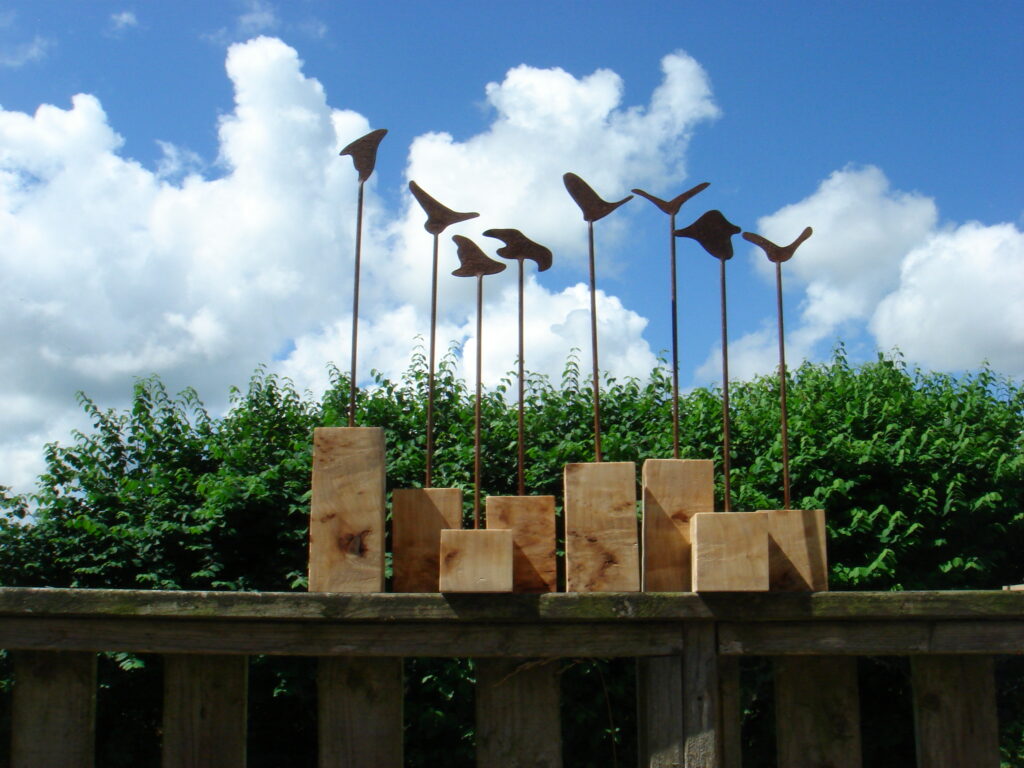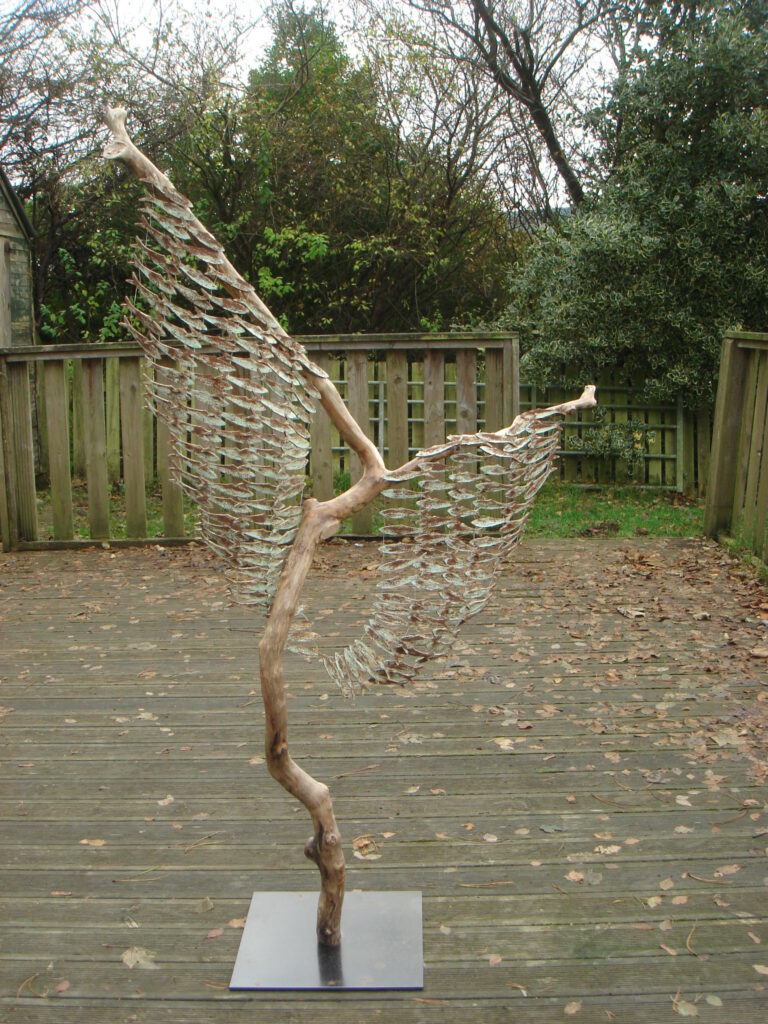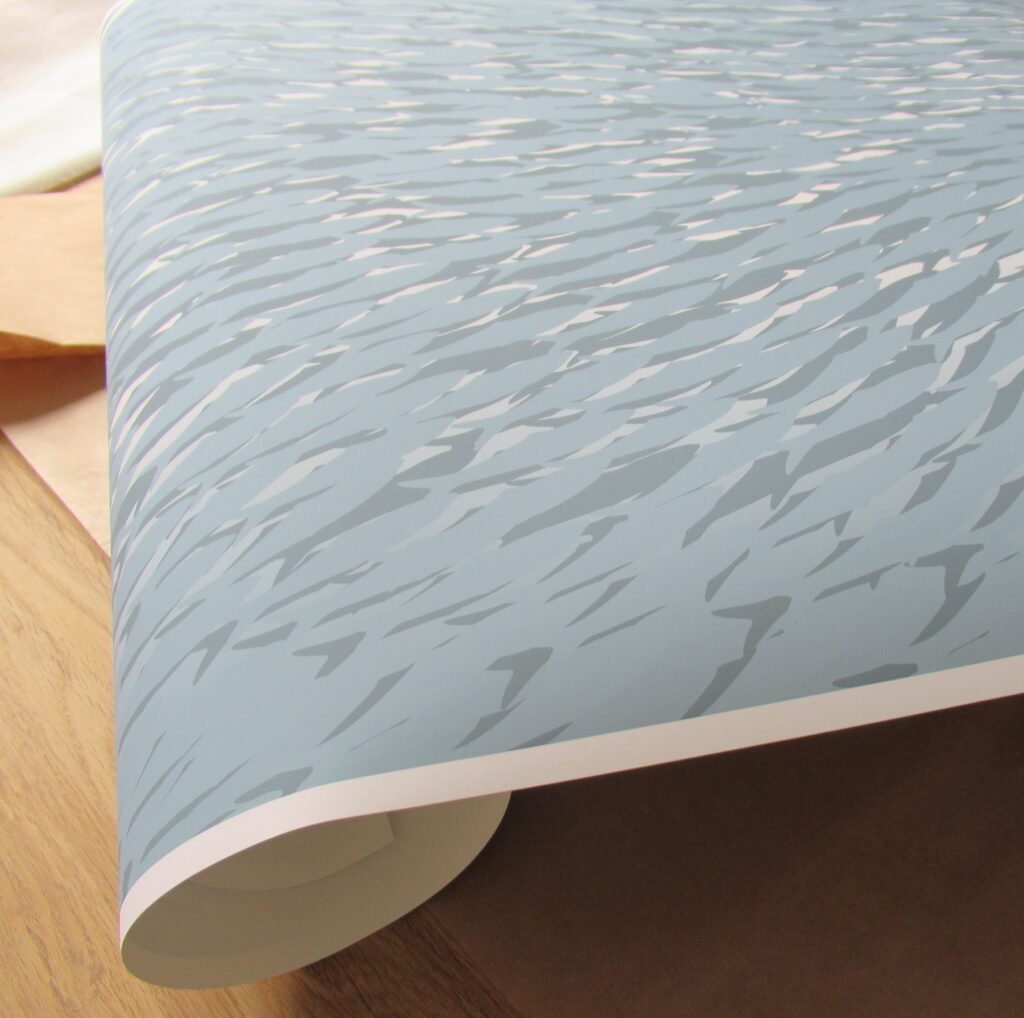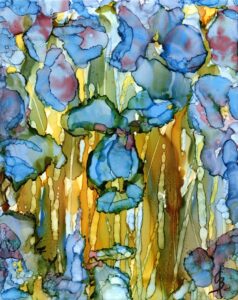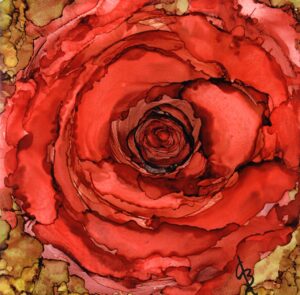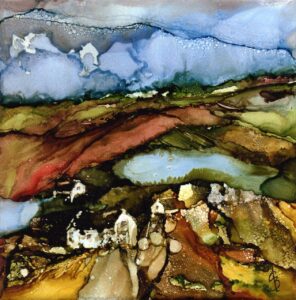by Simone Whiteford 17 Sept 2020
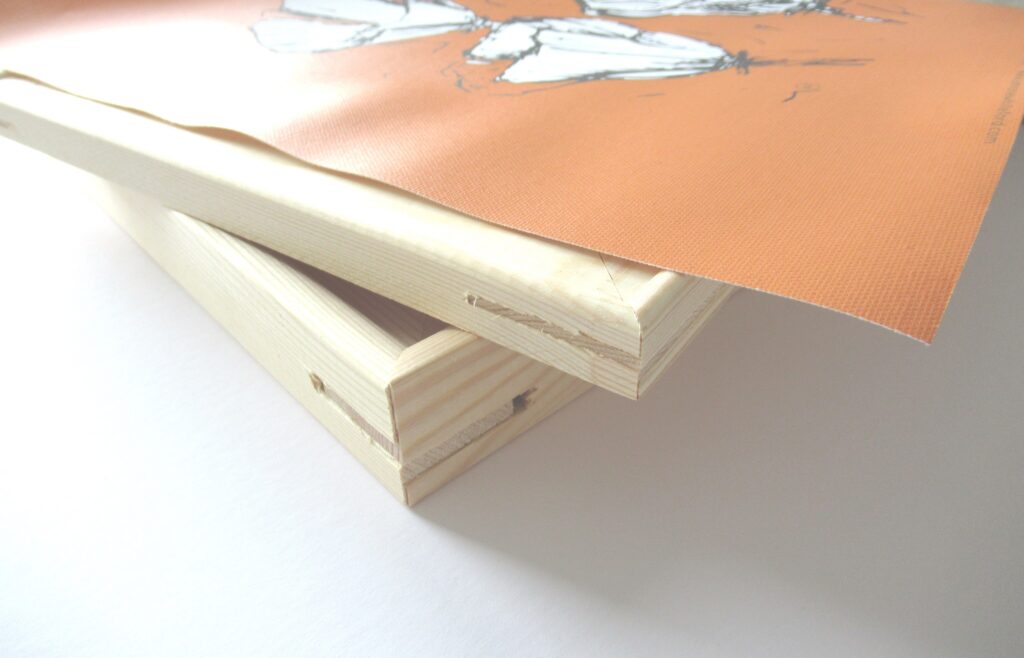
Searching for the perfect “fit”
With the correct before and after treatment, almost anything can be used as painting support or art surface. It is relatively straight forward to make your own custom painting support. And then, of course, there is the abundance of manufactured ready to use, mostly specialised supports and surfaces for just about any media and technique out there.
The supports and surfaces I mention in this blog, have all been tried and tested either by myself or friendly fellow artists. Because there are so many though, I would also like to hear from your experiences with painting supports & surfaces, which ones are you using or have used in the past? How, why and which medium do you use on what?
For my artworks, I need to source many different surfaces. My work includes: Sculptures, Digital Art Prints, Drawings & 3D framed artwork.
My sculptures are mainly made of driftwood, laser plywood, metal wire, mild steel, sometimes oxidation paint or acrylic paint. In contrast to these, the physical aspect for creating my digital work is a breeze. All I need is a Computer/Laptop and Illustrator. However choosing the right surface to print on can be a bit more time consuming.
Most professional printing companies, however, offer paper samples, which are really great, as they show the printed colours nicely and I can touch it to examine the weight and finish. Therefore I also introduced samples of some of my printed digital art. (Samples are available through my etsy shop)

For the canvas prints I always go with 100% cotton (hemp would be great, but I yet have to find a company who offers it) and for the paper prints, heavy paper (ideally archival: acid & lignin free for longevity), if possible recycled or partially recycled, FSC certified & soon from eco-materials – very exciting! I do favour the papers from Hahnemühle (Fine Art papers) and will use these more in the future, especially the eco papers. The inks for the prints depend on the company I work with and are either archival pigment inks or durable and long lasting inks.
I do not know about you, but I find myself spending almost as much time looking for suitable materials for my new projects as on the actual project itself, although this can be costly and time consuming I think it is necessary. Unfortunately, often the new projects stay concepts because I cannot find a suitable material. I have a checklist in my head and materials, manufacturers & suppliers need to tick all or at least most of the boxes, they do not often do but I am hopeful for the future.

- Material – what I am looking for, has it been developed yet?
- Health – are there any health concerns using this product?
- Quality – overall quality and longevity – wood and canvas needs to be sized and can then be primed with gesso primer for example, if the wood is not sized, the oil or acrylic painting can discolour over time
- Price – at what point do I make a profit and can still pass on an affordable price to my customers, are there bulk buy savings or wholesale prices available
- Green – all green, all the time: the production process, factory, materials, just everything as green as it can be
- Fair – who is the manufacturer, the grower for the raw materials, who are the workers, does everyone gets a fair share? At the moment I only use UK based printing companies and try to stay local for many services like the laser cutting.
- Future – availability, how much and quickly can I order, how long will it take to make and deliver and how much is the delivery cost, will the product be discontinued soon?
One artist who uses very interesting materials is Caroline Borland – www.cborlandart.co.uk – here she used alcohol ink on white glazed ceramic tiles (25x20cm/15x15cm) with fantastic results.
Whenever I do have spare time, I like experimenting with painting supports, I tend to go for the cradled wood panels, unstretched but sized linen canvas or stretched and gesso primed cotton canvas. I size and prime the panels myself and stretch the canvas on stretcher bars or use (twice sized) plywood. For the size I use Golden GAC 100. The three online shops I tend to use the most are: Greatart.co.uk, Jacksonsart.com & Artdiscount.co.uk
The artist Peter Tudhope – www.petertudhope.com – mentioned to me that he buys his canvas fabrics from Mandors in Glasgow. I will see if they stock hemp canvas and give it a go.
So, that’s it, thanks for reading, I leave you with the wonderful comment by a recent award winner at the 132nd PAI (online) exhibition Lys Stevens – www.lysstevens.co.uk – “I will always swoon over a stretched and primed canvas, taking me back to my student days, but if I’m going to push the paint around and scrape it back looking for texture I really need the solidity of a board. So the compromise is canvas on board, medium or fine grain though I have in the past flirted with some of the roughest canvas you could imagine! I also many years ago preferred a black gesso but now always use white.”

